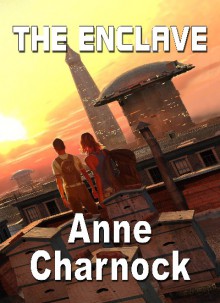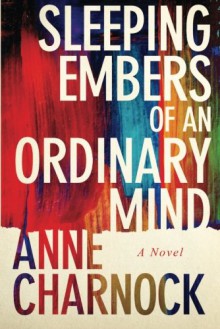![By Anne Charnock - A Calculated Life (Paperback) (2013-10-09) [Paperback] - Anne Charnock By Anne Charnock - A Calculated Life (Paperback) (2013-10-09) [Paperback] - Anne Charnock](http://booklikes.com/photo/max/220/330/upload/books/a/2/a2b418c0bdc12ac134cd33860f2f788a.jpg)
“’That’s the heart of the problem. I haven’t lived enough. My character is just the combination of my intellect and my faults. I haven’t had time to become more complex, more interesting. […] I’m not sure if you realize this but without my flaws I’d be pretty dull. You should know that.’”
In “A Calculated Life” by Anne Charnock
For the sake of argument let me be devil’s advocate.
The scientific materialist assumption is that the body is the primary organ and consciousness is secondary. This is not so; consciousness is the primary experience and the body and all other experiences are secondary. The body is a construct of consciousness. Forward thinking scientists are just beginning to realise this. Man might be able to prolong life but a 'machine' existence will never happen because the 'reality' of phenomenal existence is simultaneously 'real' and 'not real'. People, including scientists tend to see everything in terms of being a binary system. Yes/no, off/on, is/isn't, 0/1, true /untrue. Reality is not that simplistic. Mm, that's some good pseudo bullshit. Preventing aging is almost certainly more achievable soon than consciousness transfer, but ultimately the latter offers greater security and opportunity. Immortal DNA is all very well, until you suffer catastrophic injury or brain damage. With transferable consciousness, you get the immortality, along with the option to backup and restore in the event of a fatal accident, as well as the ability to travel at light-speed as a digital signal to be reawakened on arrival. And that's before we even get into the idea of truly inhabiting the virtual world as digital consciousness. With an infinitesimal fraction of the earth's current energy use, you could have untold trillions living in a virtual utopia, with a near infinite diversity of cultures, worlds and lifestyles. Nevertheless, is it misleading to talk about 'transferable' consciousness? What would be uploaded would be a facsimile of your consciousness. As far as the exterior world, interacting with the facsimile, would be concerned it would be you. However, it would actually be a totally new instance of you, with no continuity of your original consciousness. It's what's always troubled me about the idea of Star Trek-type teleportation - the thought that disintegrating someone in one place and then reassembling them in another, would effectively mean the death of the original, internally-experienced consciousness (although nobody else would notice or care!).
If you're into SF, read on.

 Log in with Facebook
Log in with Facebook 










